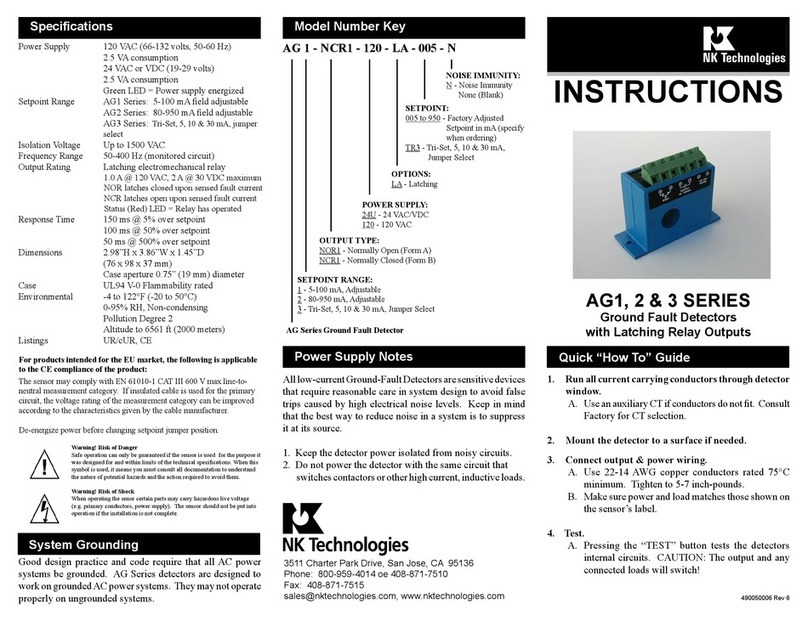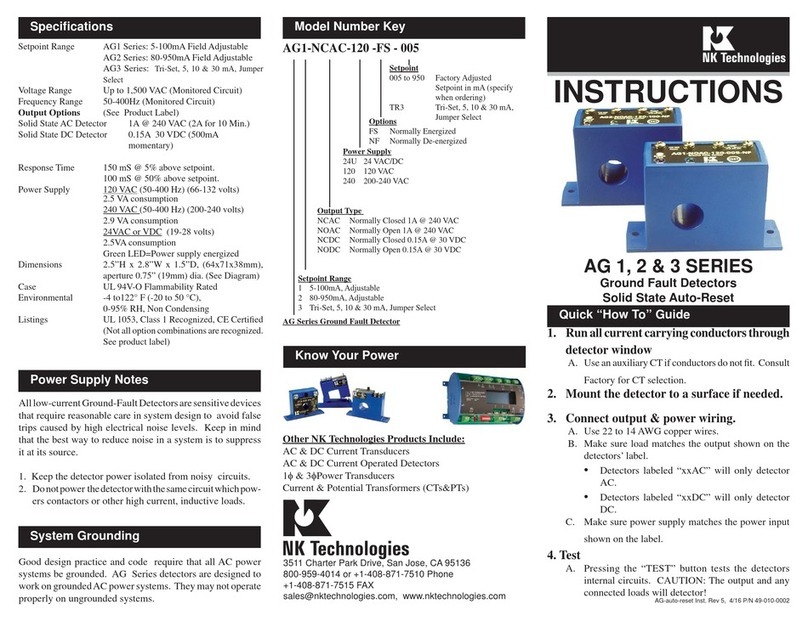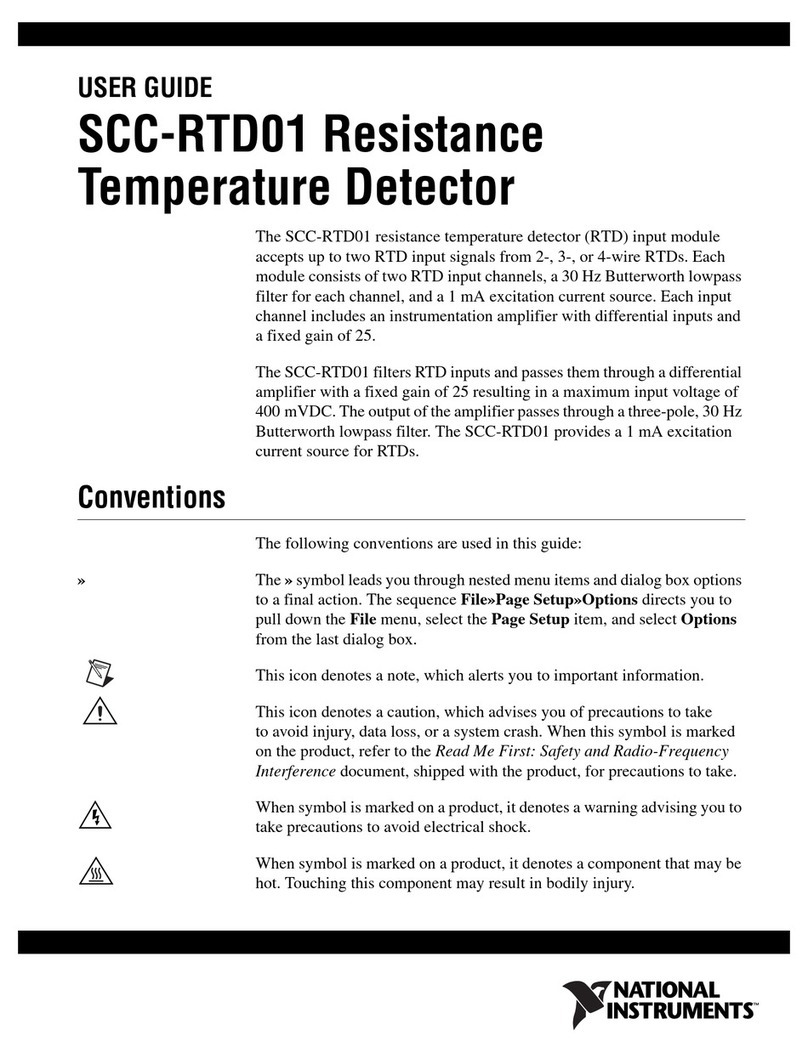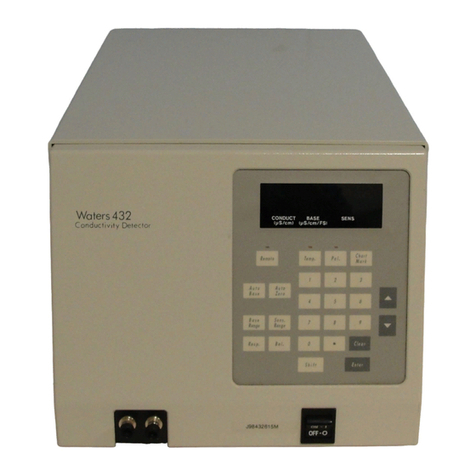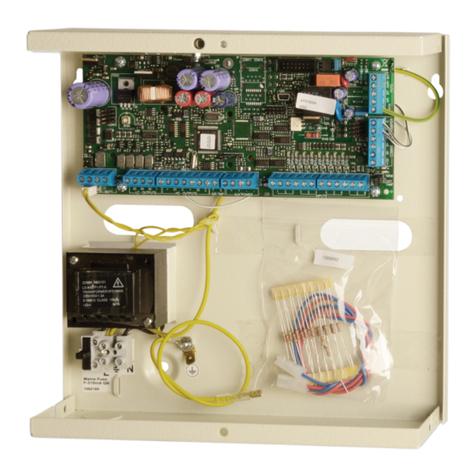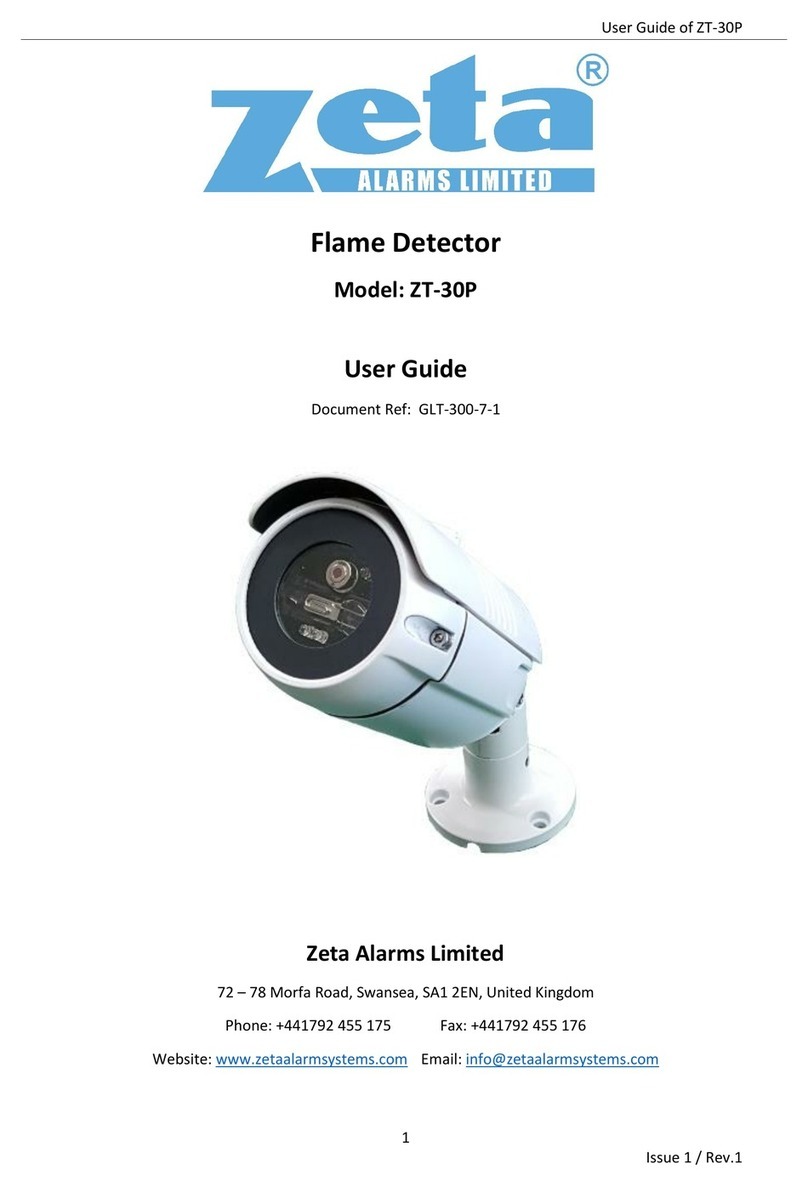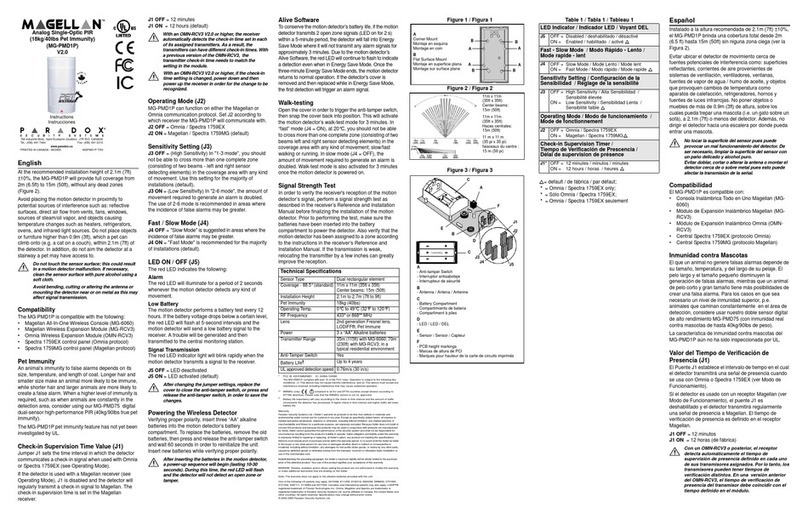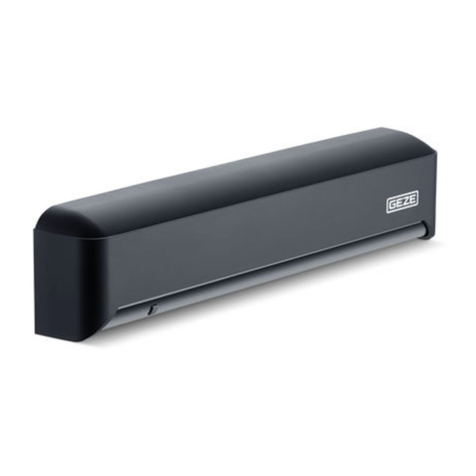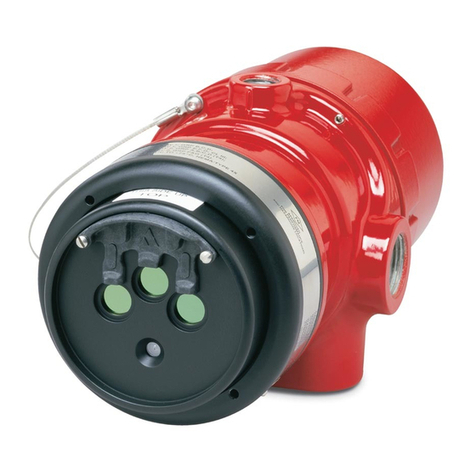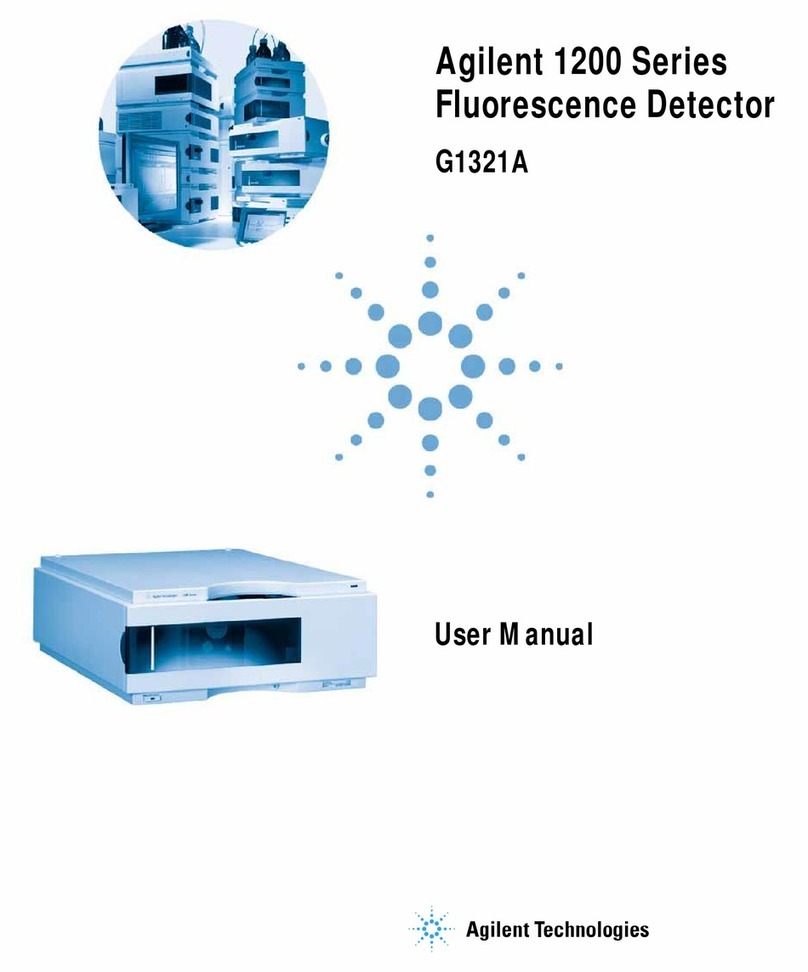NK TECHNOLOGIES AG 1 Series User manual

INSTRUCTIONS
1. Run all current carrying conductors through detector
window.
A. Use an auxiliary CT if conductors do not fi t. Consult
Factory for CT selection.
2. Mount the detector to a surface if needed.
3. Connect output & power wiring.
A. Use 22-14 AWG copper conductors rated 75°C
minimum. Tighten to 9 inch-pounds.
B. Make sure load matches the output shown on the
detectors’ label.
• Detectors labeled “xxAC” will only switch AC
load.
• Detectors labeled “xxDC” will only switch DC
load.
C. Make sure power supply matches the power input
shown on the label.
4. Test.
A. Pressing the “TEST” button tests the detectors
internal circuits. CAUTION: The output and any
connected loads will switch!
AG1-NCAC-120 -FS - 005
Model Number KeySpecifi cations
Quick “How To” Guide
Power Supply Notes
AG 1, 2 & 3 SERIES
Ground Fault Detectors
Solid State Auto-Reset
490100002 Rev 7
Output Type:
NCAC - Normally Closed 1 A @ 240 VAC
NOAC - Normally Open 1 A @ 240 VAC
NCDC - Normally Closed 0.15 A @ 30 VDC
NODC - Normally Open 0.15 A @ 30 VDC
Power Supply:
24U - 24 VAC/DC
120 - 120 VAC
240 - 200-240 VAC
Setpoint Range:
1 - 5-100 mA, Adjustable
2 - 80-950 mA, Adjustable
3 - Tri-Set, 5, 10 & 30 mA, Jumper Select
AG Series Ground Fault Detector
Power Supply 120 VAC (66-132 volts, 50-60 Hz)
2.5 VA consumption
240 VAC (200-240 volts, 50-60 Hz)
2.9 VA consumption
24 VAC or VDC (19-29 volts)
2.5 VA consumption
Green LED = Power supply energized
Setpoint Range AG1 Series: 5-100 mA fi eld adjustable
AG2 Series: 80-950 mA fi eld adjustable
AG3 Series: Tri-Set, 5, 10 & 30 mA,
jumper select
Isolation Voltage Up to 1500 VAC
Frequency Range 50-400 Hz (monitored circuit)
Output Rating Solid state AC switch: 1.0 A @ 120 VAC,
2 A @ 30 VDC
Solid state DC switch: 0.15 A @ 30 VDC
Response Time 150 ms @ 5% over setpoint
100 ms @ 50% over setpoint
50 ms @ 500% over setpoint
Dimensions 2.60”H x 3.86”W x 1.45”D
(66 x 98 x 37 mm)
Case aperture 0.75” (19 mm) diameter
Case UL94 V-0 Flammability rated
Environmental -4 to 122°F (-20 to 50°C)
0-95% RH, Non-condensing
Pollution Degree 2
Altitude to 6561 ft (2000 meters)
Listings UR/cUR, CE (Not all option combina-
tions are recognized. See product label.)
System Grounding
3511 Charter Park Drive, San Jose, CA 95136
Phone: 800-959-4014 oe 408-871-7510
Fax: 408-871-7515
[email protected], www.nktechnologies.com
All low-current Ground-Fault Detectors are sensitive devices
that require reasonable care in system design to avoid false
trips caused by high electrical noise levels. Keep in mind
that the best way to reduce noise in a system is to suppress
it at its source.
1. Keep the detector power isolated from noisy circuits.
2. Do not power the detector with the same circuit which
powers contactors or other high current, inductive loads.
Good design practice and code require that all AC power
systems be grounded. AG Series detectors are designed to
work on grounded AC power systems. They may not operate
properly on ungrounded systems.
Setpoint:
005 to 950 - Factory Adjusted
Setpoint in mA (specify
when ordering)
TR3 - Tri-Set, 5, 10 & 30 mA, Jumper
Select
Options:
FS - Normally Energized
NF - Normally De-energized
For products intended for the EU market, the following is applicable
to the CE compliance of the product:
The sensor may comply with EN 61010-1 CAT III 600 V max line-to-
neutral measurement category. If insulated cable is used for the primary
circuit, the voltage rating of the measurement category can be improved
according to the characteristics given by the cable manufacturer.
De-energize power before changing setpoint jumper position.
Warning! Risk of Danger
Safe operation can only be guaranteed if the sensor is used for the purpose it
was designed for and within limits of the technical specifi cations. When this
symbol is used, it means you must consult all documentation to understand
the nature of potential hazards and the action required to avoid them.
Warning! Risk of Shock
When operating the senor certain parts may carry hazardous live voltage
(e.g. primary conductors, power supply). The sensor should not be put into
operation if the installation is not complete.

Normally Energized Models (-FS) Detects Ground Faults and loss of control power
CONTROL POWER APPLIED
NO POWER No Fault Fault Detected
Output Style Output LED Output LED Output LED
N.C. Normally Closed CLOSED Off OPEN ON CLOSED OFF
N.O. Normally Open OPEN Off CLOSED ON OPEN OFF
Normally De-Energized Models (-NF) Detects Ground Faults only.
CONTROL POWER APPLIED
NO POWER No Fault Fault Detected
Output Style Output LED Output LED Output LED
N.C. Normally Closed CLOSED Off CLOSED OFF OPEN ON
N.O. Normally Open OPEN Off OPEN OFF CLOSED ON
Description
Operation
Principal of Operation
AG Series ground fault detectors work in the same environ-
ment as motors, contactors, heaters, pull-boxes, and other
electrical enclosures. They can be mounted in any position
or hung directly on wires with a wire tie. Just leave at least
one inch distance between detector and other magnetic
devices.
Run all current carrying conductors through the detector
aperture in the same direction. (See “Principal of Operation)
Connect power wiring to the detector. Be sure that the power
supply matches the power rating on the detector label. Use
22-14 AWG copper conductors and tighten terminals to 9
inch-pounds torque.
Connect controlled load to terminals. Be certain the output
current draw is lower or equal to the output rating on the
detector label.
Installation & Wiring
To test operation, gently press the
TEST button. This simulates a
fault and tests the internal sensing
circuits. You should observe the
following operation.
CAUTION: Any circuit con-
nected to the detector will be
operated.
Power Output
Control Power
Match Detector Rating
(See Label)
Setpoint Adjust
Factory calibrated &
covered. Remove cover,
adjust & relabel if required
(AG1 & 2 only).
Load
Contactor, Relay, Shunt Trip Breaker, etc.
Do not exceed Rating (See Label)
Output Power
Match Detector Rating
(See Label)
TEST
For DC Output Version
Observe Polarity
Setpoint Adjustment
AG1 & AG2 Series detectors are factory calibrated to trip
at the setpoint specifi ed at the time order. We highly recom-
mend leaving this factory calibrated setpoint alone. If you
must change the factory setpoint, follow these steps:
A. Setup
Connect control power and output circuits. Run a conduc-
tor through the aperture with current equal to your desired
set point.
B. Adjust Setpoint to Maximum
Remove the Setpoint Cover. Turn the adjustment pot 4
revolutions CCW (Counter Clockwise) to the maximum
(least sensitive) setpoint. The Status LED should be OFF.
The adjustment pot has a slip clutch so you cannot feel or
damage the end point.
C. Dial in new Setpoint
Turn the pot slowly CW (Clockwise) until the LED turns
ON. The detector is now adjusted to trip at the current that
is passing through the aperture. Reset the detector.
D. Relabel Detector
Relabel the detector with the new setpoint. Use a label maker
or tape with a permanent marker.
AG3 Move the jumper to the desired setpoint as shown on
the label. No other adjustment can be made.
Under normal conditions, the current in one wire of a two
wire load is equal in strength but opposite in sign to the cur-
rent in the other wire. The two wires create magnetic fi elds
that cancel, a condition known as “Zero Sum Current”. If
any current leaks to ground (Ground Fault), the two currents
become unbalanced and there is a net resulting magnetic
fi eld. The AG detector detects this minute fi eld and changes
the output state. This concept extends to three phase systems
such as 3 wire Delta and to 4 wire Wye.
AG Series ground fault detectors monitor all current carry-
ing wires in single or three phase systems to detect ground
faults. They provide a contact output that can operate relays,
contactors or signal automation systems.
Power Supply LED
Contact Status LED
490100002 Rev 7
This manual suits for next models
7
Other NK TECHNOLOGIES Security Sensor manuals
Popular Security Sensor manuals by other brands
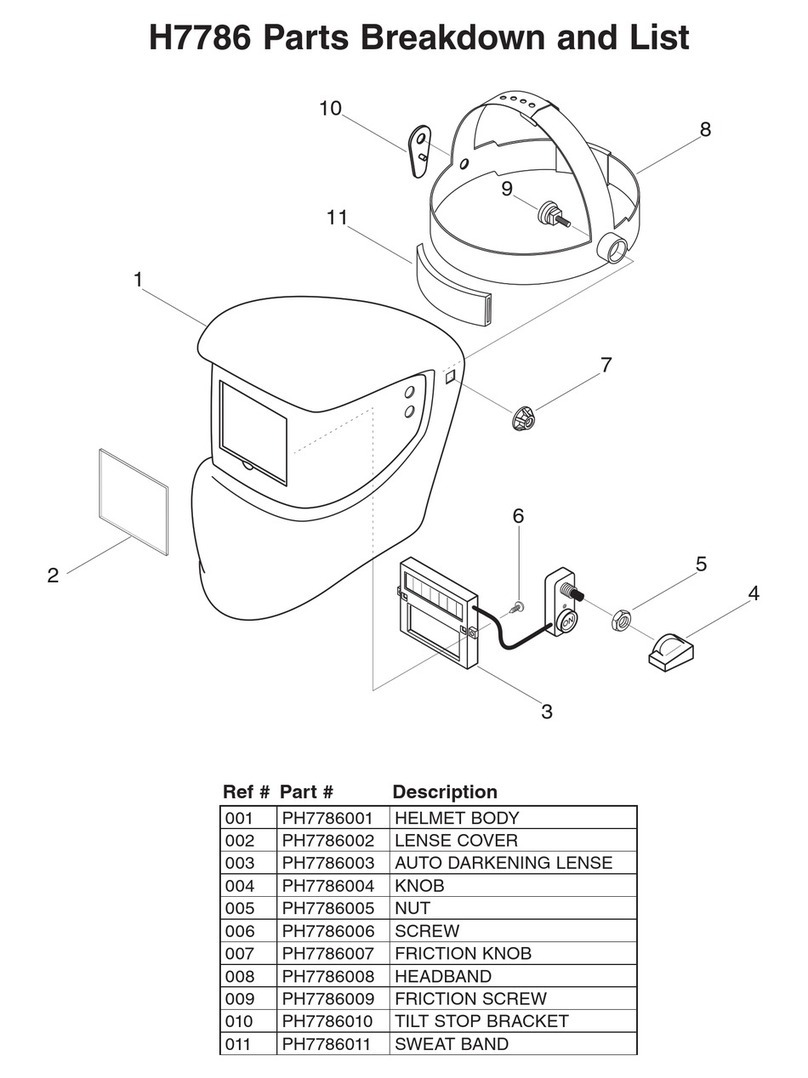
Grizzly
Grizzly H7786 Parts Breakdown
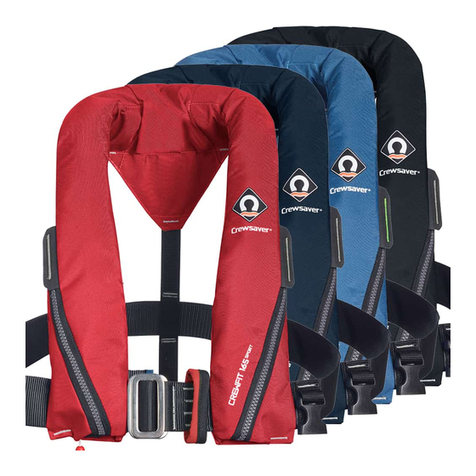
Crewsaver
Crewsaver CREWFIT 165 SPORT owner's manual
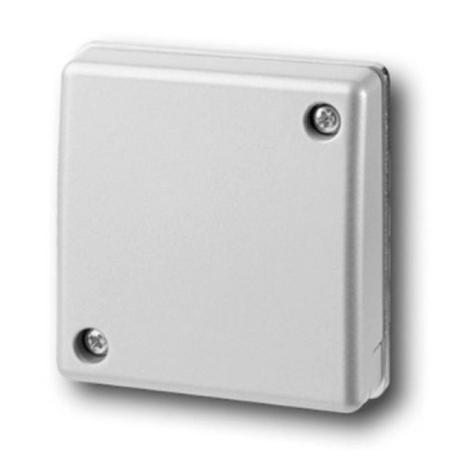
Vanderbilt
Vanderbilt GM710 installation manual

Cooper safety
Cooper safety CEAG Brillant 1883 LED GGLine Mounting and operating instructions
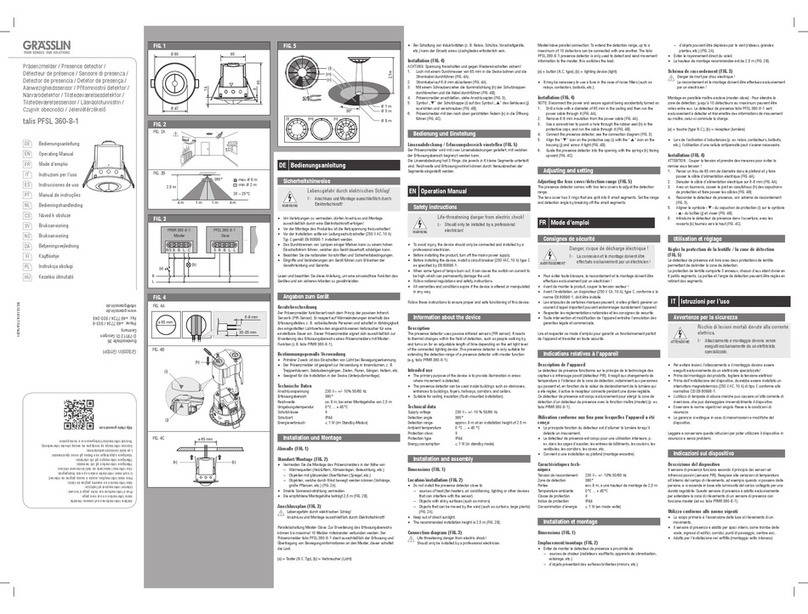
Grasslin
Grasslin talis PFSL 360-8-1 operating manual
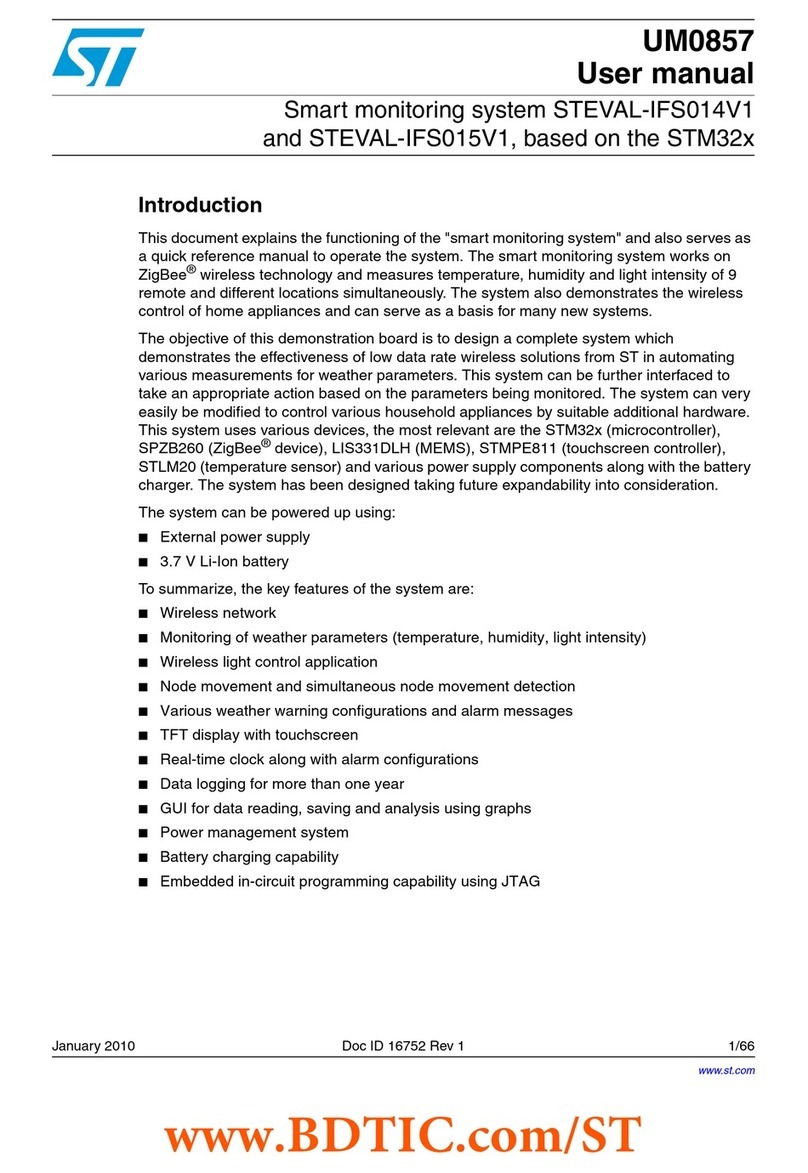
ST
ST STEVAL-IFS014V1 user manual
